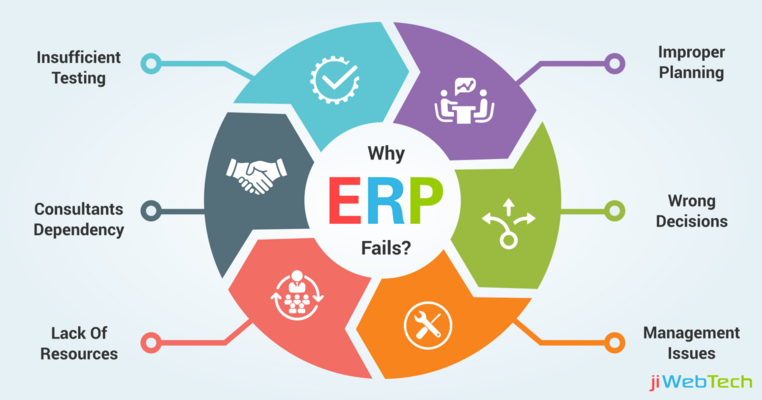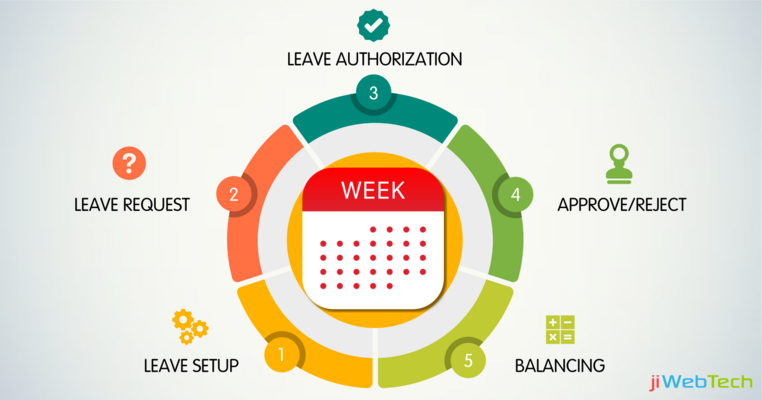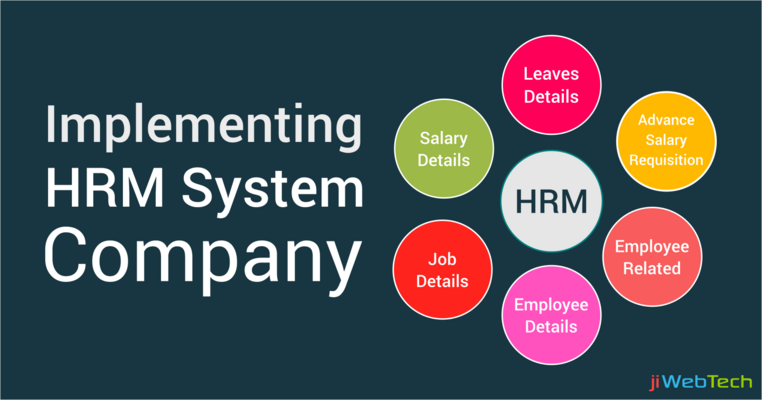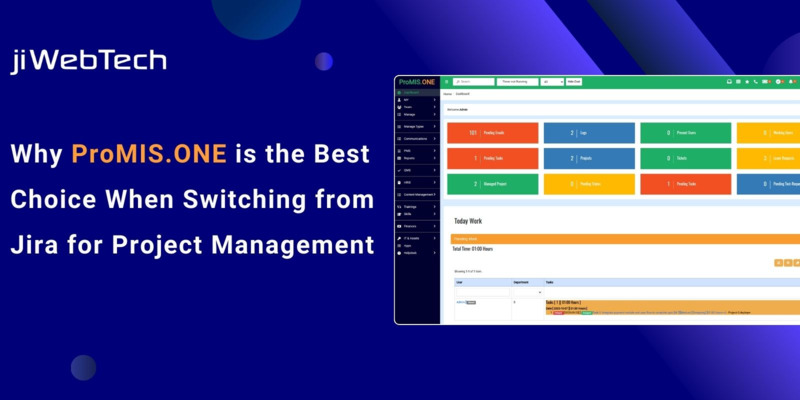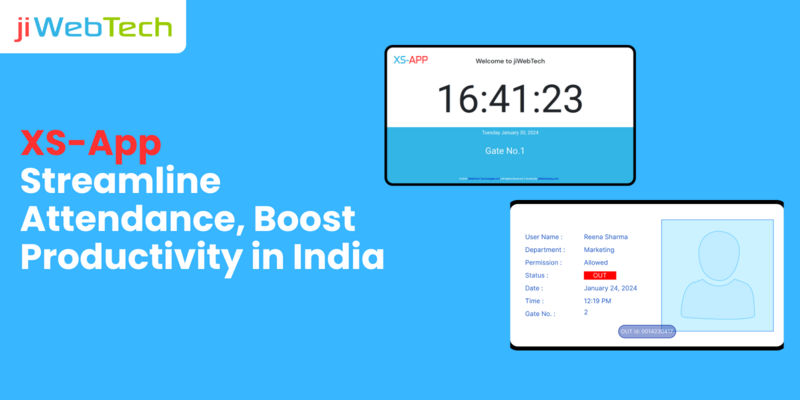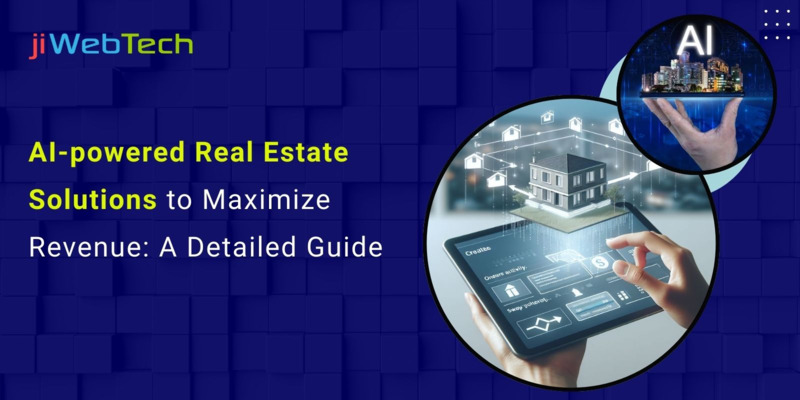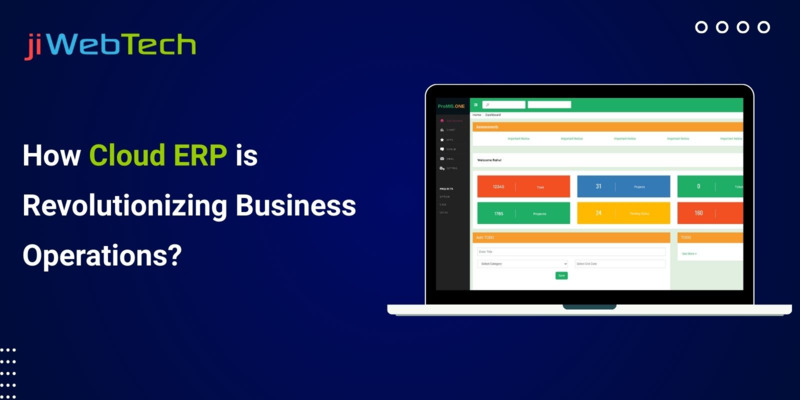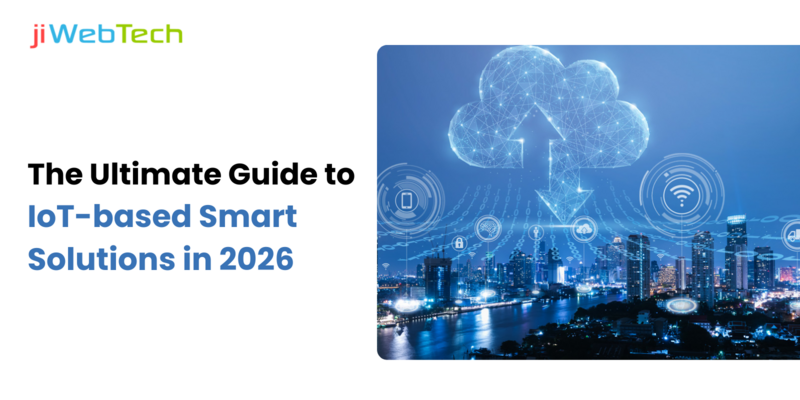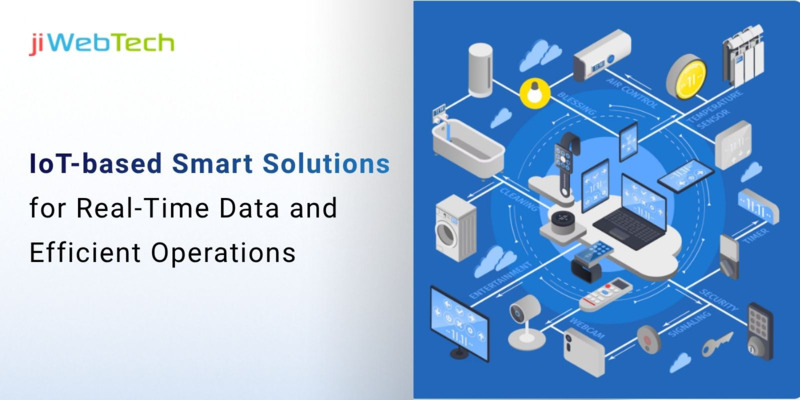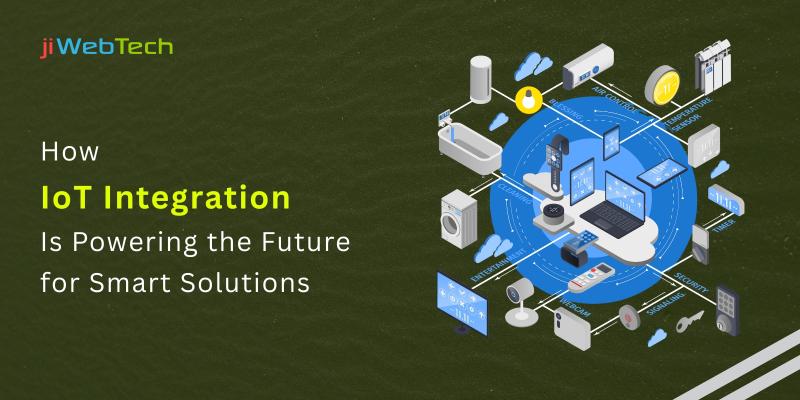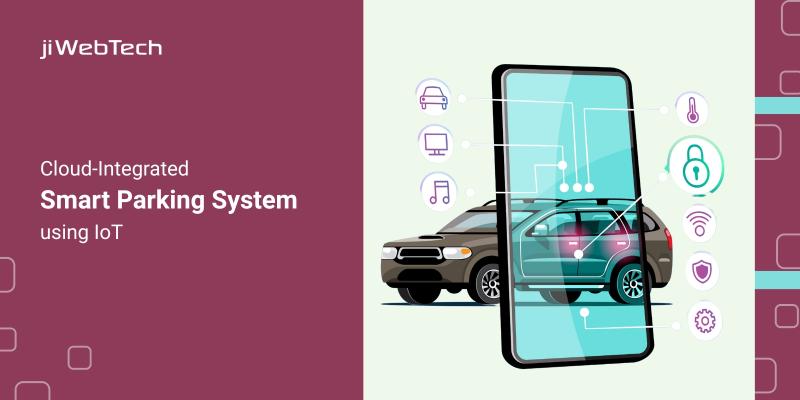- May 23, 2025
- IOT Solutions
- 2209
Share this post on:
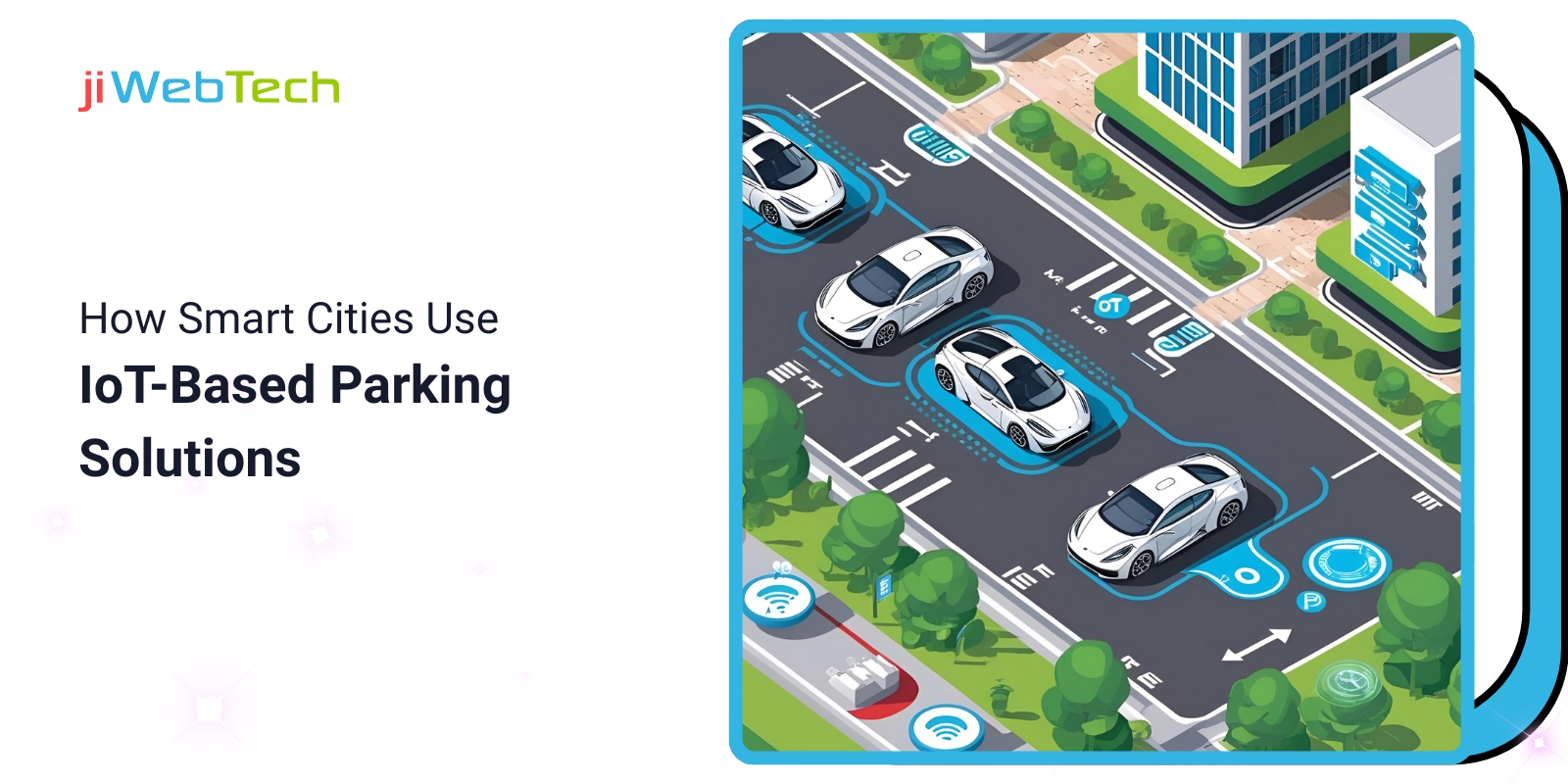
Did you get late to work again? Was it because you couldn’t find a parking space? Are you finding it hard to find a parking space, especially during rush hours? Is parking your vehicle costing you a lot in terms of time?
The field of smart parking is growing at a very fast pace. With the enhancement in innovation in software solutions, businesses have been developing numerous potential apps for the densely populated urban areas. Among all other effective software solutions, IoT and Arduino-based smart parking systems offer the most creative and innovative solutions to solve the parking issue in real time. These solutions help reduce traffic congestion, enhance road safety, lower greenhouse emissions, and improve user experience.
Urban parking management has become a major problem in big cities globally. The population is growing, leading to an increase in congestion, parking spaces, and extended wait times to find an available space. In response to these issues, numerous municipalities have started to understand IoT-based smart parking solutions. IoT smart parking solutions help drivers find available parking spaces, saving time.
Benefits of IoT-based smart parking management
The main focus of IoT-based smart parking management is to automate and reduce the time spent manually searching for parking-space. Let us dive into the benefits offered by IoT-based smart parking management.
Reduced Costs: IoT-based parking management lowers the costs associated with running a parking facility. IoT uses sensors that help vehicles detect when a space is vacated. This reduces the manual work.
Effective Decision-making: IoT sensors and devices gather data and analyze this data with the help of AI analysis. It offers great insights that can help parking business management get parking details and help you maximize parking space utilization.
Customization: Deliver the best customized parking experience to the users. As AI-integrated parking systems can easily track and evaluate user behavior. These IoT-based parking solutions help users get personalized recommendations.
Improved Security: IoT-based parking system uses sensors to detect the vehicle and raise an alarm in case of an emergency situation, enhancing vehicle security. Also, security cameras and license plate scanners are integrated into an IoT platform to automatically detect and track suspicious activities. The vehicle is constantly monitored, helping drivers stay at ease.
Enhanced Efficiency: Smart parking helps vehicles redirect to the nearest parking space and saves time. Also, these solutions help the parking company to easily manage more vehicles.
Customer Experience: IoT in parking management helps businesses enhance customer experience with various functionalities such as real-time information on parking availability, guidance on the nearest available parking spot, and automated payment options. Easy parking enhances the customer experience, helping businesses enhance revenue through customer retention.
How can an IoT-based parking management solution solve parking issues?
IoT-based parking management system gathers information using sensors and send it wirelessly to the cloud. Further, smart AI analyzes the data right away to find open parking spaces, which you can see instantly on your phone app.
Improve Car Controlling and Safety: A smart parking system enhances the safety of vehicles by alerting drivers if they have parked in the non-parking area. Connected systems offer data about the areas with the highest violation density. With that it tells the peak timing for the parking violations. Further, IoT monitors traffic law reinforcement structure and develops a framework for tracking and controlling parking violations.
Demand Anticipation: Do you want to know the estimated parking demand? Well, integration of AI in IoT systems can help businesses get detailed analysis of real-time and historical data. Having an accurate anticipation of demand can help businesses adjust parking spaces allocation and lower congestion, leading to better parking management.
Adjust Pricing in Real-time: Using AI capabilities in IoT solutions can help you modify the pricing of parking slots in real-time, depending on the demand. Businesses can manage and maximize the use of parking spaces by providing users incentives for parking their vehicles in the least crowded places. Further, businesses can enhance the prices during peak hours to manage the demand, helping them earn better revenue.
Monitoring Parking Space: IoT simplifies search, enhances the parking procedure, automates parking, and reduces human intervention. This helps businesses reduce uncertainty and guesswork while looking for open parking spaces. The technology prevents drivers from wasting time by driving around crowded parking areas. IoT solutions help find a parking space by monitoring the facility occupancy in real time.
Computer Vision: AI-enabled computer vision helps businesses automate vehicle type classification and license plate recognition. Automation helps businesses manage the vehicle’s entry and exit processes. Also, computer vision help businesses set up ticketless parking that benefits customized parking management based on vehicle types.
IoT-based Parking System Architecture
IoT-based smart parking management follows a layered architecture consisting of various components:
User App and Web Interface: These are the apps people use. Drivers can find parking spots through the mobile app, and managers can monitor and control everything using the website. By adding AI, the apps become smarter - they can give personalized tips and predict when parking spots will be free. Combining AI with smart sensors helps the system understand how people use parking and provides live updates, making parking easier and more convenient for everyone.
Cloud Platform: This central platform gathers and processes all the data from the sensors. It analyzes everything in real-time and shares the important information with the user apps. AI makes the cloud platform even smarter by providing strong data analysis that helps businesses make quick, informed decisions.
Gateway/Edge Device: This device gathers data from the parking lot sensors and can do some quick processing before sending the information to the cloud. Sometimes, it uses edge computing to sort or combine data right on the spot. When AI is built into these devices, it helps identify where the data comes from and processes it faster by working in real-time. This makes decision-making quicker and more accurate, improving parking management while easing the load on the cloud.
Sensors: These devices are installed in each parking spot to check if a car is parked there. They can use technologies like ultrasonic waves, magnetic sensors, or cameras. AI helps by understanding the data correctly and spotting any errors. Adding AI to these sensors makes their readings more accurate, so you can monitor and manage parking areas more easily and effectively.
Parking Lot: This is the actual location where the smart parking system is installed. The system is designed in layers, so it’s easy to expand, update, or change parts without disturbing everything else. AI can improve parking by predicting how many spots will be needed and guiding drivers to the best available spaces. When combined with IoT, AI can make real-time adjustments to the parking lot, helping to manage traffic flow and use space more efficiently for a smoother parking experience.
Common IoT sensors used in Smart Parking Management
Here are common IoT sensors used in smart parking management:
Ultrasonic Sensors: Ultrasonic sensors send out sound waves that we can’t hear. When these waves hit a car, they bounce back. The sensor checks how long it takes for the sound to come back to know if a car is there.
Video Sensors: Cameras, along with smart computer programs, can watch parking spaces and tell if a spot is empty or occupied.
Infrared Sensors: Infrared sensors notice cars by detecting the heat they give off. When a car is close, the sensor feels the change in heat and knows the vehicle is there.
Radar Sensor: Radar sensors send out radio waves that bounce off vehicles. By catching these signals, they can find and track cars moving or parked in the area.
Conclusion:
A smart parking system with IoT shows live information about free parking spots, prices, and payments. It helps both businesses and drivers. It also reduces traffic and helps the environment. It makes booking and managing parking easy. If you want to build an IoT parking system, JiWebTech can help you. We have experience with IoT and access control systems and can explain the process clearly.
